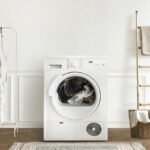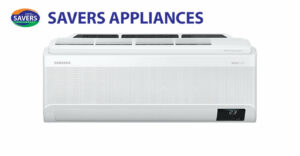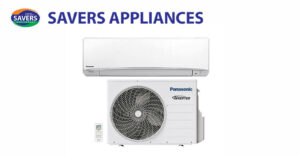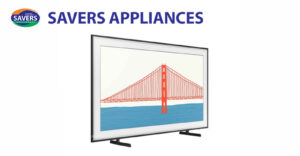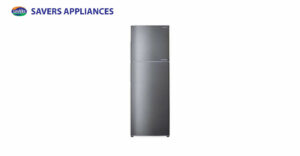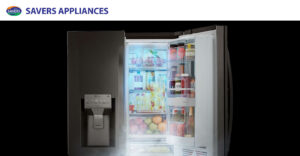
How Smart Appliances Are Transforming Filipino Homes
The Internet of Things (IoT) is now a reality in a growing number of Philippine homes, as shown by the surging sales of Internet-driven smart devices or appliances. What’s more, it’s not just high-income homes that are adopting these devices and appliances. Across virtually all segments of Philippine society, we’re seeing everything from smart light bulbs and robot vacuums to internet-capable televisions, refrigerators, and pet feeders become a part of everyday life.
What’s more, a growing number of smart appliances are using AI-powered machine learning and data analytics to automatically adapt settings to various conditions. Through smart sensors, appliances can gather usage pattern data and automatically optimize performance, with no active human intervention required.
In the Philippines, such uses of AI and data analytics are proving to be transformative. For instance, next-generation smart air conditioning systems are already being employed to learn the daily routines of households, dynamically adjusting the temperature to maximize comfort while minimizing energy consumption.
That’s just one example. Smart technologies already changing ordinary Filipinos’ lives in other ways. Let’s look at how these technologies are changing our ways of living for the better.
1. Better Living Conditions
Smart appliances are generally designed to go beyond the basic functions of their predecessors to produce tangible quality-of-life improvements for households. For instance, robot vacuums can free up several hours of free time each week that would have had to go into home maintenance. Even seemingly modest smart appliances like smart bulbs can create a more relaxing atmosphere in homes, making inhabitants more ready to take on the next day’s challenges. Once set up, fully-kitted-out smart homes will improve quality-of-life in countless ways.
2. Energy Savings
As mentioned earlier, smart automation technologies in air conditioners and other HVAC systems can be a game-changer, given that these are generally the most costly systems to run in typical Philippine homes. It’s conceivable that the wider integration of data analytics and AI into other appliances even be key in further increasing cumulative energy efficiency, helping Filipinos maintain creature comforts without massively increasing baseline energy usage.
3. Making Chores Enjoyable
Daily tasks with features like defrosting the fridge or cleaning out the washing machine aren’t all that difficult to do. Regardless, these small tasks do add up, consuming a seemingly disproportionate amount of homemakers’ free time. With the help of smart appliances, these tasks can usually automated, helping recover those lost hours and make doing the chores just a little bit more enjoyable.
4. Operating Appliances Even from Outside the Home
Imagine that you’re stuck in traffic on a hot and humid April evening. With today’s smart air-conditioners, you can already begin cooling your home through a smartphone app so that you have a comfortable climate waiting for you when you arrive. If you’re hungry, you can cue up your smart slow cooker to see if the meal you prepped that morning is ready. If you’re running late for your pets’ feeding time, you can even tell their smart feeder to give them a snack. These scenarios are already a reality for the growing number of Filipinos who have integrated smart appliances into their living spaces.
5. Comprehensive Home Monitoring
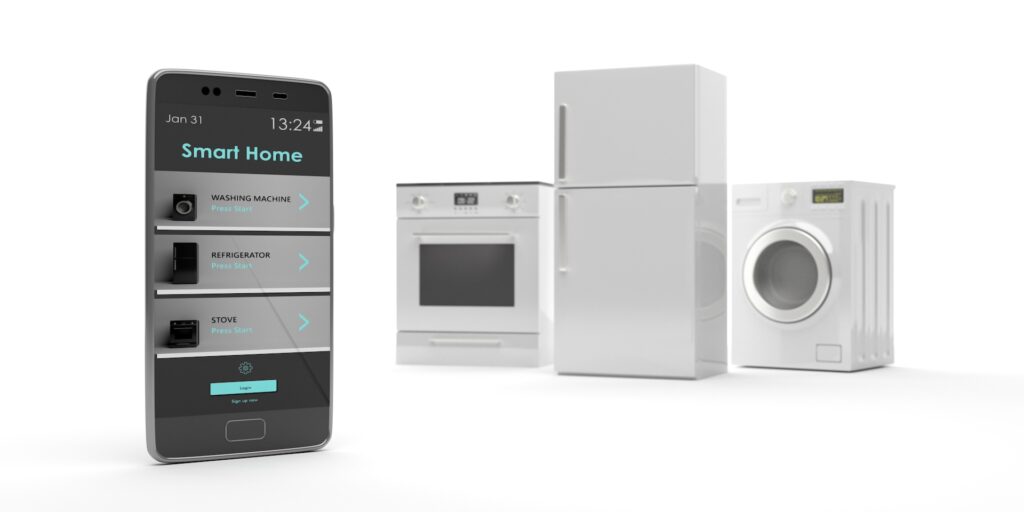
Some smart appliances enable homeowners to monitor their homes remotely with accuracy. For example, smart air purifiers can detect changes in environmental parameters like humidity, temperature, and air quality, notifying homeowners of potential concerns such as high pollution or potential fires. Health-oriented devices can even automatically alert homeowners to hazards like mold spores or allergens, making them essential for homeowners who want to maintain a healthy living environment.
6. Sustainable Home Water Management
Municipal water systems have long been using sensors and AI to monitor consumption, detect leaks, and optimize usage across communities. Downsized versions of these systems are now available to enable individual households to reduce water waste. Some of these systems even have provisions for rainwater harvesting and greywater recycling, making them ideal in areas with both heavy rainfall and water scarcity.
7. Enhanced Household Safety
Finally, smart appliances are making our homes safer than ever before. Standard safety features such as automatic shut-off mechanisms and notifications for potential malfunctions are already minimizing the risk of fires and other catastrophes in homes. Moreover, smart locks and CCTV cameras are now becoming even more commonplace, deterring crime and keeping families safe.
Unlocking Smarter, More Sustainable Ways of Living
Today, smart appliances are not just more feature-packed than their previous iterations, they’re also more affordable than ever. It’s safe to say that these next-generation technologies have been transformative for most Filipino households that have adopted them, saving labor and creating highly livable intelligent spaces. With the potential for further advancements in AI and environmental monitoring, tomorrow’s smart homes are likely to bring Filipinos even more gains in efficiency, comfort, and sustainability.


